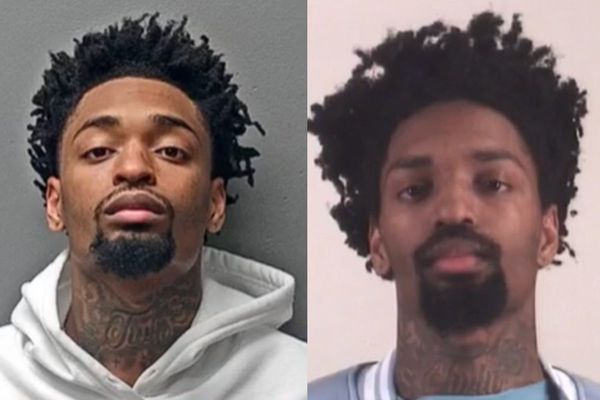
Earlier this month MotoGP announced the framework for its 2027 technical regulations overhaul, headlined by a switch from 1000cc engines to 850cc and a reduction in aerodynamics.
Changes to the technical regulations for the Moto2 and Moto3 feeder classes, however, are not on the cards in the coming years according to series promoter Dorna.
MORE: What MotoGP's 2027 rules overhaul could mean for the series
“It’s a conversation we’ll have in due time with the FIM, but the philosophy right now is both Moto2 and Moto3 are working completely well and what’s to show for that is how incredibly well the riders who are coming into MotoGP class are doing,” Dorna sporting director Carlos Ezpeleta said.
“We don’t expect major changes in those classes in a short period of time and we will adapt when we think it’s necessary.
“As you know, with the MotoGP class we have those five-year terms where we have those same regulations and that’s not the case in Moto2 and Moto3, where we are more flexible in the timings.”
MotoGP feeder series evolution
The Moto2 class came into existence in 2010 as a replacement for the two-stroke 250cc category that preceded it.
The original Moto2 framework was for a manufacturer’s own chassis to be powered by a four-stroke 600cc Honda engine. Moto2’s last major technical change came in 2019, when the 600cc Honda engines were replaced by three-cylinder Triumph 765cc motors.

Moto3 replaced the two-stroke 125cc class in 2012, switching to a four-stroke 250cc formula for manufacturers to work to. In 12 years, the Moto3 class has continued with the same formula.
Ezpeleta’s point about the feeder classes having longer to consider technical regulation changes is a pertinent one.
MotoGP switched to a four-stroke engine formula in 2002, with Moto2 not following for another eight years, while the lightweight class took a decade to make this move.
While Moto2 and MotoGP engine displacement will grow closer come 2027, various factors will ensure that there won’t be a sudden levelling in lap speed between both bikes.
New manufacturers not consulted on 2027 MotoGP rules
A key element of the 2027 MotoGP regulations is that a technical reset opens the door for new manufacturers to join the grid.
BMW has already expressed interest, with Liberty Media – who acquired Dorna for €4.2 billion earlier this year – admitting that it has received a lot of interest from prospective manufacturers.
Carlos Ezpeleta says no outside manufacturers were consulted on the 2027 rules, but he expects them to be attracted by the framework.

“The reality is that no, we try to make the sport the best as possible with our current manufacturers,” he explained.
“We suppose that it will attract new manufacturers, or maybe will attract new manufacturers in the future, because they make sense and because that would make MotoGP better.
“Not specifically any conversations we’ve had with other manufacturers have affected or been involved in the discussions for the 2027 regulations.”







